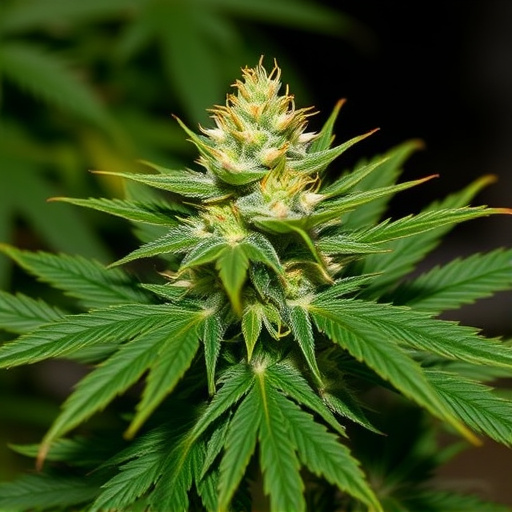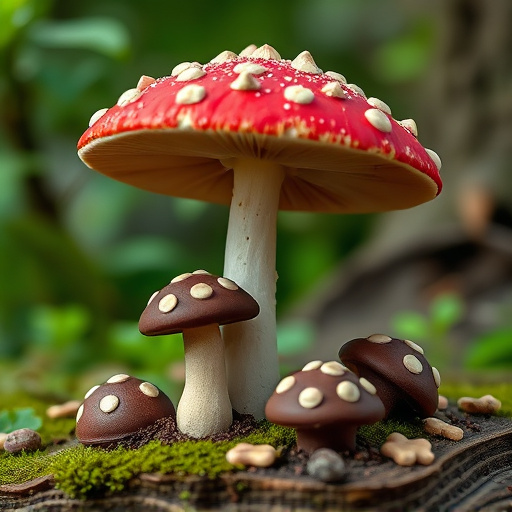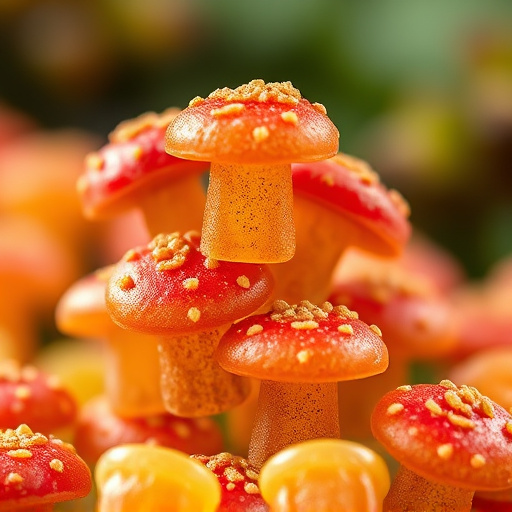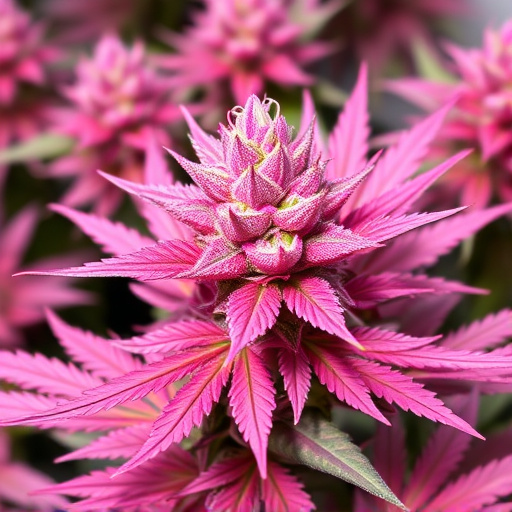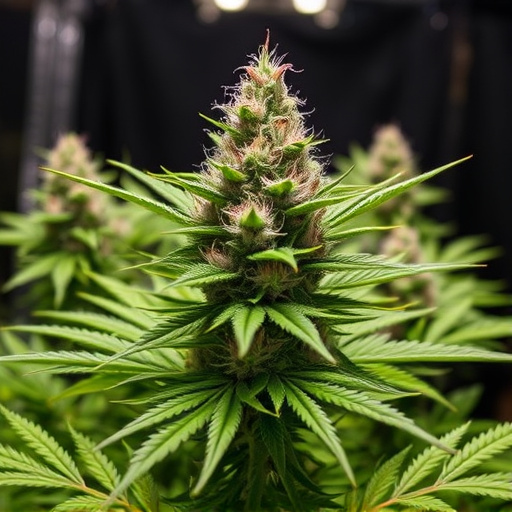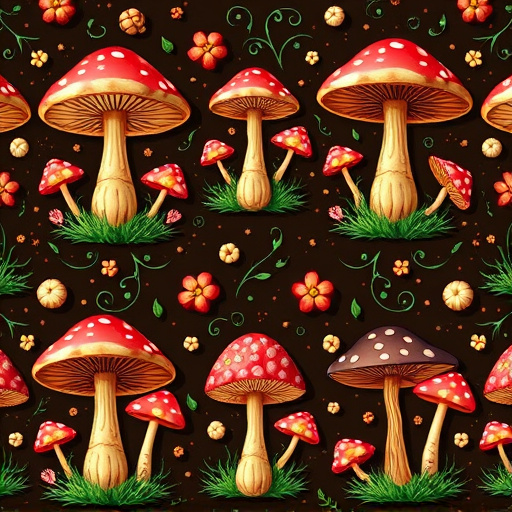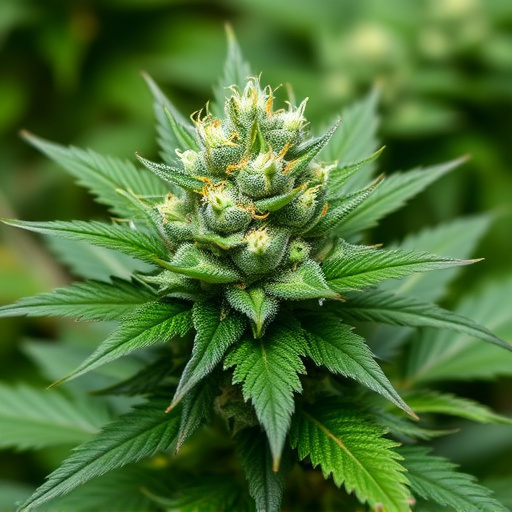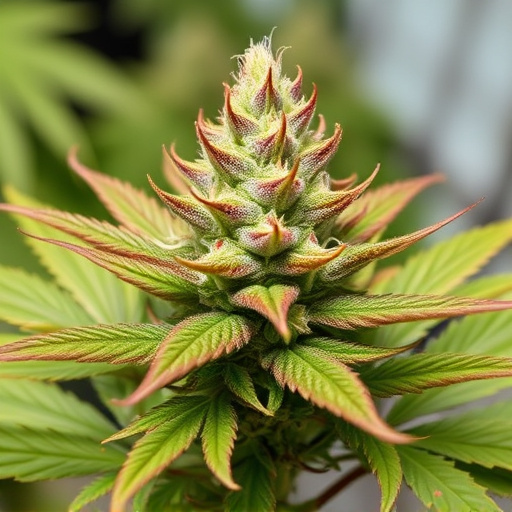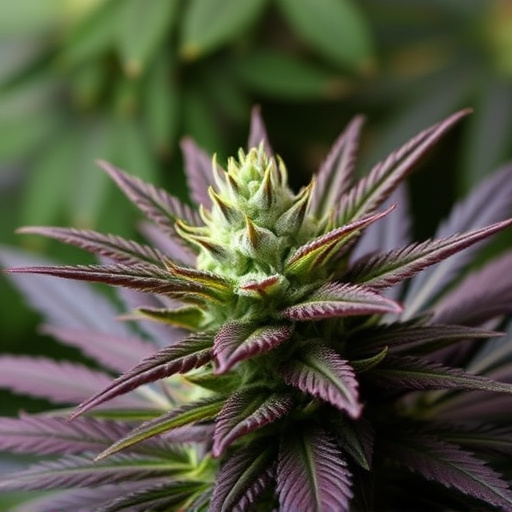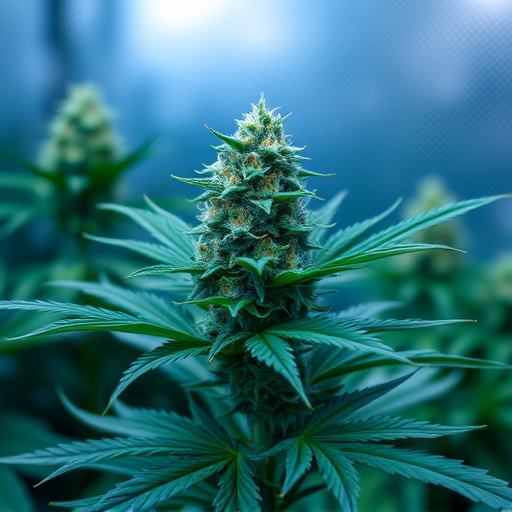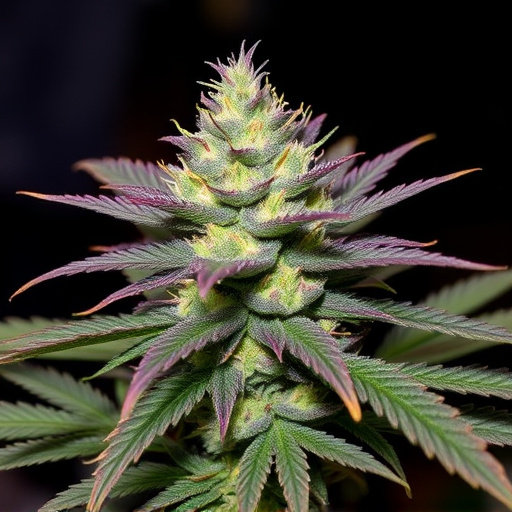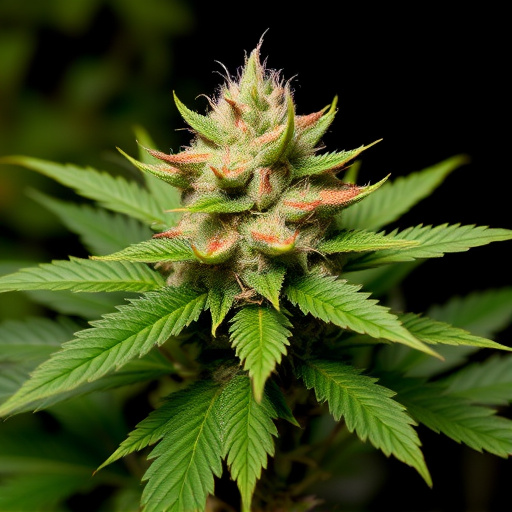The debate between indoor and outdoor cannabis cultivation reveals how growth methods drastically affect the quality and characteristics of the best pot strains. Outdoor cultivation, utilizing natural sunlight and rich soil, produces robust plants with higher cannabinoid concentrations and aromatic profiles. Conversely, indoor growing offers precise control over environmental factors, leading to faster growth cycles and potentially higher yields while amplifying flavors and terpene concentration. The optimal method depends on personal preferences, resources, and the specific needs of best pot strains.
In the ever-evolving cannabis landscape, understanding the nuances between outdoor and indoor cultivation is key. This article delves into the optimal growth conditions for these settings, exploring factors like sunlight, temperature, humidity, and space, highlighting the pros and cons of each. We also dissect how environmental influences shape the unique properties of best pot strains, catering to diverse user preferences from relaxation to pain relief and creativity boosts. Furthermore, we address practical considerations, including legalities, equipment needs, and yield potential, providing a comprehensive guide for cannabis cultivators.
- Growth Conditions and Environment
- – Exploring the ideal growing environments for indoor and outdoor weeds
- – Factors like sunlight, temperature, humidity, and space considerations
Growth Conditions and Environment
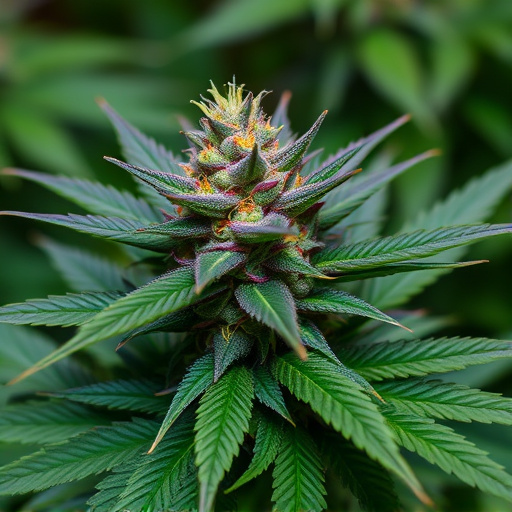
Weed, or cannabis, cultivation has sparked debates regarding indoor vs outdoor growing methods, each offering unique advantages and influencing the final product’s quality and characteristics. When discussing the best pot strains, understanding growth conditions is paramount. Outdoor cultivation leverages natural sunlight, providing a robust environment for plants to thrive and often resulting in more potent and aromatic specimens. These plants tend to develop thicker stems, larger leaves, and higher cannabinoid concentrations due to longer photoperiods and increased access to nutrients from rich soil.
In contrast, indoor growing offers control over every variable, allowing cultivators to create the ideal conditions for specific best pot strains. This method enables precise temperature, humidity, and light regulation, facilitating faster growth cycles and potentially higher yields. Indoor cannabis plants might not achieve the same physical attributes as their outdoor counterparts but often exhibit richer flavors and more concentrated terpenes, making them appealing to those seeking unique sensory experiences.
– Exploring the ideal growing environments for indoor and outdoor weeds

When it comes to cultivating cannabis, whether opting for indoor or outdoor growing methods, each has its own set of advantages and considerations. For outdoor cultivation, nature provides an ideal environment with natural sunlight, fresh air, and ample space for plants to flourish. Best pot strains often thrive in open-air settings, allowing for robust growth and the development of dense, aromatic flowers. Outdoor gardening offers a more relaxed pace, as plants can be left to their own devices, and cultivators can focus on maintenance rather than constant monitoring.
In contrast, indoor growing environments provide complete control over every variable, making it an appealing option for those seeking precision and consistency. Growers can optimize light spectrum, temperature, humidity, and nutrition levels to suit specific best pot strain requirements. This controlled setting facilitates year-round cultivation, bypassing the limitations of seasonal outdoor growing. However, indoor setups demand more attention to detail and investment in equipment like lighting, ventilation, and hydroponic systems.
– Factors like sunlight, temperature, humidity, and space considerations
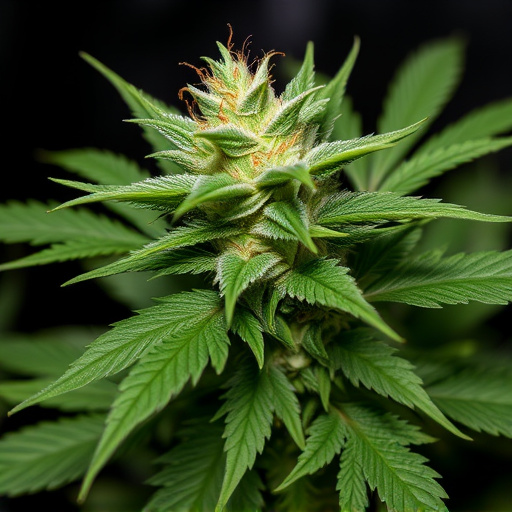
When it comes to cultivating the best pot strains, whether opting for outdoor or indoor growing depends on various factors that significantly impact plant health and final product quality. Outdoor cultivation benefits from natural sunlight, which can provide a broader spectrum of light compared to artificial indoor lighting systems. This access to ample, unfiltered sunlight is crucial for optimal photosynthesis and robust plant development.
Temperature, humidity, and space are also critical considerations. Outdoor gardens face variable weather conditions, requiring careful monitoring to ensure plants don’t suffer from frost or excessive heat stress. Indoor setups offer more control over these elements, allowing cultivators to maintain consistent climates that align with specific strain requirements. However, this comes at the cost of limited physical space—a factor that often dictates the number and variety of plants one can grow indoors.
In the quest for the best pot strains, understanding whether outdoor or indoor cultivation is superior depends on personal preferences and growing conditions. Outdoor weeds thrive in natural sunlight, fresh air, and ample space, offering a diverse range of flavors and aromas. Indoor cultivation provides control over environmental factors, allowing growers to nurture specific strains with precision and consistency. Ultimately, the choice between outdoor and indoor weed farming comes down to individual goals, resources, and the desired characteristics of the final product.
